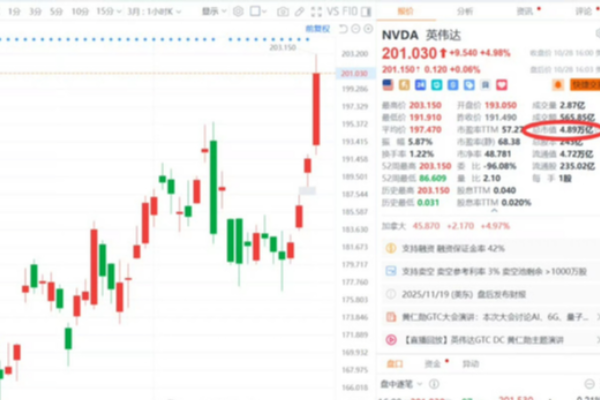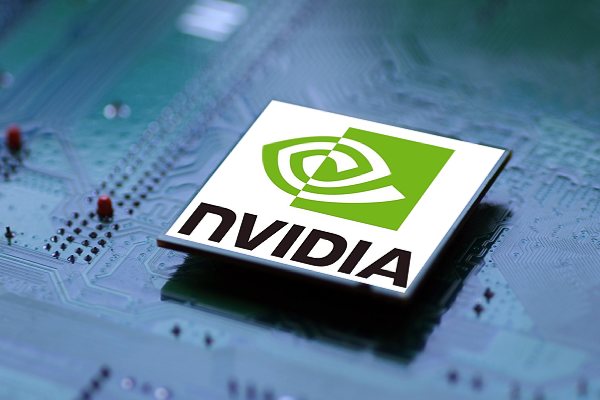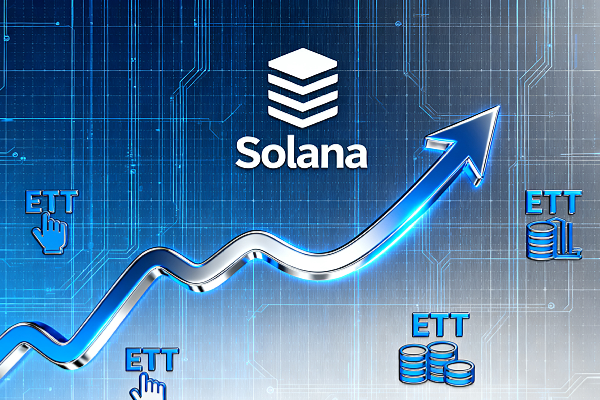What are the different types of crypto wallets?

Crypto wallets today are more than just a place to store private keys; they are a passport to the blockchain, allowing us to experience the rich web3 experience we know today. However, there is a wide variety of wallets to choose from: some wallets focus on connecting to dapps, while others focus on security. In addition, there are wallets designed for specific applications, the metaverse, or even experimental digital assets like Bitcoin Ordinal.
If you are new to cryptocurrency or want to learn more, you may be wondering: "How many different types of crypto wallets are there?" or "Which type of crypto wallet is best for me?"
In this guide, Ledger Academy will walk you through all the different types of crypto wallets, how they differ, and which one you might want to choose for yourself.
What is a crypto wallet?
A crypto wallet protects the private keys that grant access to your cryptocurrency, allowing you to send and receive digital assets. Some wallets may also have additional features that allow you to participate in decentralized finance (DeFi) protocols, buy (and display) NFTs, explore the metaverse, and more.
Wallet Types: Custodial vs. Non-custodial Wallets
Understanding the difference between custodial and non-custodial wallets is essential to securely managing your cryptocurrency. This difference fundamentally affects the control you have over your digital assets.
Hosted wallets
Hosted wallets are controlled by a third party and then managed by you, usually through an account similar to a web2 service. Wallets offered by centralized exchanges such as Coinbase, Binance, and Kraken fall into this category.
Using a custodial wallet requires a high level of trust in the service provider, as they have the power to seize your funds or lock you out of your account. Of course, you can also lose your funds if the centralized entity holding your funds goes bankrupt, as happened with the FTX crash in 2022.
Ultimately, using a custodial wallet means that you don’t actually own your funds and goes against the fundamental principles of cryptocurrency. Remember: not your keys, not your coins.
Centralized exchange wallets
Centralized exchange wallets offered by platforms such as Coinbase, Binance, and Kraken are a common starting point for users entering the world of cryptocurrency. These wallets offer custodial services, which means the exchange controls your account and allows you to access it using a familiar username and password process.
This setup hands control of your funds to the exchange.
For those who prioritize ownership and security, exploring non-custodial wallet options (where you have full control over your private keys) is the only viable option.
Non-custodial wallets
Non-custodial wallets allow you to hold your private keys without the involvement of an intermediary, giving you full control over your crypto assets. This means that only you can access and manage your funds.
While they may take a little more work to set up, they offer greater autonomy, security, and true ownership. However, this level of control also comes with responsibility: if you lose your private keys or recovery phrase, you may lose access to your assets forever.
Types of Non-custodial Wallets: Hot Wallets vs. Cold Wallets
There are two main types of non-custodial crypto wallets: hot wallets or cold wallets.
Hot wallets like MetaMask and Phantom are free and can be operated through software on an internet-connected device like a laptop or smartphone. This makes them very convenient, especially for newbies, but it’s important to note that their connection to the internet is also their biggest drawback. This is because crypto wallets that are connected to the internet are vulnerable to online threats.
Cold wallets can be operated offline. While there are a few different types of cold wallets, such as paper wallets or sound wallets, the best combination of security and usability is a hardware wallet. This is a physical device that isolates your private keys from your internet connection, protecting you from the risk of malware and hacking.
Types of Hot Wallets
Desktop Wallets
Desktop wallets are software applications installed on personal computers. These non-custodial wallets allow users to send, receive, and manage cryptocurrencies, interact with decentralized applications (dApps), explore the metaverse, and participate in token swaps.
Desktop wallets generate and store the user’s private keys on the device, enhancing security by storing data locally. While this local storage can reduce the risk of online threats, users must remain vigilant against malware and potential hacks targeting their computers. Additionally, infected desktop systems can lead to unauthorized access and potential loss of funds, which emphasizes the importance of strong security measures and regular backups.
Mobile Wallets
Mobile wallets are known for their convenience, being smartphone applications that store your private keys and allow you to manage your digital assets on the go. These wallets are known for their convenience. Features such as QR code scanning simplify transactions, while integration with other applications enhances functionality. Many wallets offer real-time price alerts and trade notifications.
However, the convenience of mobile wallets also comes with risks. While a stolen or lost device can put your funds at risk, mobile wallets are highly vulnerable to SIM swap attacks. Furthermore, because smartphones are connected to the internet, they are vulnerable to hacking, malware, and viruses. Additionally, users must also be careful with unexpected transactions due to the always-accessible nature of the wallet.
Web Wallets and Browser Extensions
Web wallets operate through a web page. This is the least secure type of software wallet, as your private keys are usually stored in your account information on the platform's servers. It is recommended to stay away from such platforms at all costs.
Browser extension wallets have similar weaknesses, as they are always connected to the internet and store your private keys on the host device or in the browser's data storage. Regardless, these types of wallets are always connected to the internet and are therefore vulnerable to online threats.
Types of Cold Wallets
Cold wallets isolate sensitive information from the internet, greatly reducing the risk of unauthorized access or hacking. Their offline nature provides a strong barrier against remote attacks.
Paper Wallets
Paper wallets are a low-tech form of cold storage for cryptocurrencies. They are printed sheets of paper with the public and private keys of the encrypted addresses written/printed on them. Paper wallet generator software is required to generate a paper wallet. To ensure that it generates your private keys securely, you must ensure that you follow the generation process while your device is offline. Once you have generated your keys, you can print them.
Nowadays, paper wallet generation software lets you print your keys as a QR code to simplify wallet storage and interaction.
While paper wallets are protected from online threats, they are extremely vulnerable to physical damage. Additionally, malicious paper wallet generators are also an easy way for hackers to steal your information, so if you use a paper wallet generator, make sure it is reputable.
Hardware wallets
Hardware wallets solve the problems that cold wallets like paper wallets have. They are physical devices designed specifically to protect cryptocurrency private keys. These portable devices store private keys in a secure chip that is isolated from internet-connected devices. Depending on the hardware wallet provider, the chip may also be resistant to physical hacking attacks. Because they are isolated from online threats, hardware wallets are widely considered the most secure way to manage digital assets.
For example, Ledger devices generate private keys and store them offline in a secure element chip, which is resistant to physical hacking attacks such as glitches and laser fault injection. They also use this secure chip directly to drive the screen, which means you can trust the details displayed by the secure screen of your Ledger device.
To further enhance security, Ledger’s latest line of secure touchscreen devices lets you sign transactions directly on the device, rather than relying on a third-party (phone or laptop) screen to verify the details.
Designed by iPod godfather Tony Fadell, Ledger’s premium hardware wallet is a fashion statement that offers you unparalleled security and an unrivaled level of immersive personalization – allowing you to display images or NFTs on its 3.7-inch 16-grayscale curved E Ink® touchscreen. It combines this experience with Bluetooth and NFC connectivity, and adds weeks of premium battery life. On top of this, Ledger Stax also features wireless Qi charging, further extending the functional life of your real-world crypto activities.
Ledger Flex is the entry point into Ledger’s new generation of secure touchscreen hardware wallets, offering secure self-custody and a better user experience at an attractive price. Its 2.8-inch customizable E Ink touchscreen benefits from the secure touchscreen technology introduced by Ledger Stax, allowing you to clearly read transaction details.
Why are crypto wallets important?
Crypto wallets provide a way to manage and control digital assets directly, without relying on a third party. Good wallets strike a balance between ease of use, self-custody, and security.
Ease of use is critical because cryptocurrencies can be complex. You need a wallet that makes it easy to send, receive, and manage your assets. Self-custody is the core principle of “not your keys, not your coins.” This means you have full control over your funds, rather than entrusting them to an exchange or other service. Most importantly, security is a top priority in crypto, which means protecting your investment from hackers, online threats, and theft.
Combining cutting-edge hardware security features with a user-friendly software interface, Ledger devices excel in all of these areas. Together, their secure element chips, custom operating systems, and secure screens provide unparalleled protection for your private keys, while the Ledger Live app provides an intuitive platform to manage your assets and interact with a variety of blockchain services.
How to use a crypto wallet?
Crypto wallets are the gateway to a variety of web3 experiences, such as buying and trading cryptocurrencies, browsing the metaverse, joining DAOs, staking and DeFi, buying NFTs and memecoins, and more.
Choosing a crypto wallet depends on your specific needs. A good balance between ease of use, security, and support for multiple currencies are important factors for people to consider using a specific crypto wallet. Of course, hardware wallets offer the best security through specialized systems and designs.
Ledger devices offer all of these features and more, working in conjunction with the Ledger Live app to allow you to manage your crypto assets securely and conveniently. The app provides a user-friendly interface to buy, sell, exchange, and stake a variety of cryptocurrencies directly from your hardware wallet.
When getting started with a wallet, you may first want to dive into the basic functions of a wallet: sending, receiving, and exchanging transactions. If you are new to crypto, it is always good to master key crypto terms such as public and private keys, seed phrases, and transaction fees.
Finally, build confidence with small-scale practice transactions. This hands-on approach will quickly transform you from a novice to a savvy crypto navigator, ready to explore the vast world of digital assets while being vigilant against online threats.
So why settle for less? Join over 7 million users who trust unparalleled advanced digital security. Get a Ledger crypto wallet today and start your web3 journey with peace of mind and confidence!
FAQs about crypto wallets
Do I need a crypto wallet?
If you hold cryptocurrencies or plan to get involved in web3, then you definitely need a wallet. Even if you are just starting out, having a wallet gives you direct access to the blockchain and protects your assets. Think of it as your own private bank in the digital world.
What are the types of crypto wallets?
There are two main types of crypto wallets: custodial and non-custodial. Custodial wallets usually refer to exchange wallets. For example, wallets that are managed by creating an account on a cryptocurrency exchange like Binance, Coinbase, Kraken, etc.
Non-custodial wallets include several types: Software wallets (hot wallets), such as wallets integrated into apps or extensions running on desktops and mobile phones. Hardware wallets (cold wallets) are devices offered by Ledger that provide the highest level of security to manage your crypto assets.
What is the most secure type of crypto wallet?
Hardware wallets are the most secure type of crypto wallet. These physical devices store your private keys offline, greatly reducing the risk of hacking or unauthorized access. While no method is 100% foolproof, hardware wallets offer a good balance between security and usability, making them ideal for storing large amounts of cryptocurrency or long-term holding.
Which crypto wallet is best for me?
The best type of crypto wallet is the one that is most convenient and secure. No matter which wallet you choose, it is important to protect your keys offline. Therefore, if you must use a software wallet, you need to combine it with a hardware wallet to protect your private keys from online threats.













